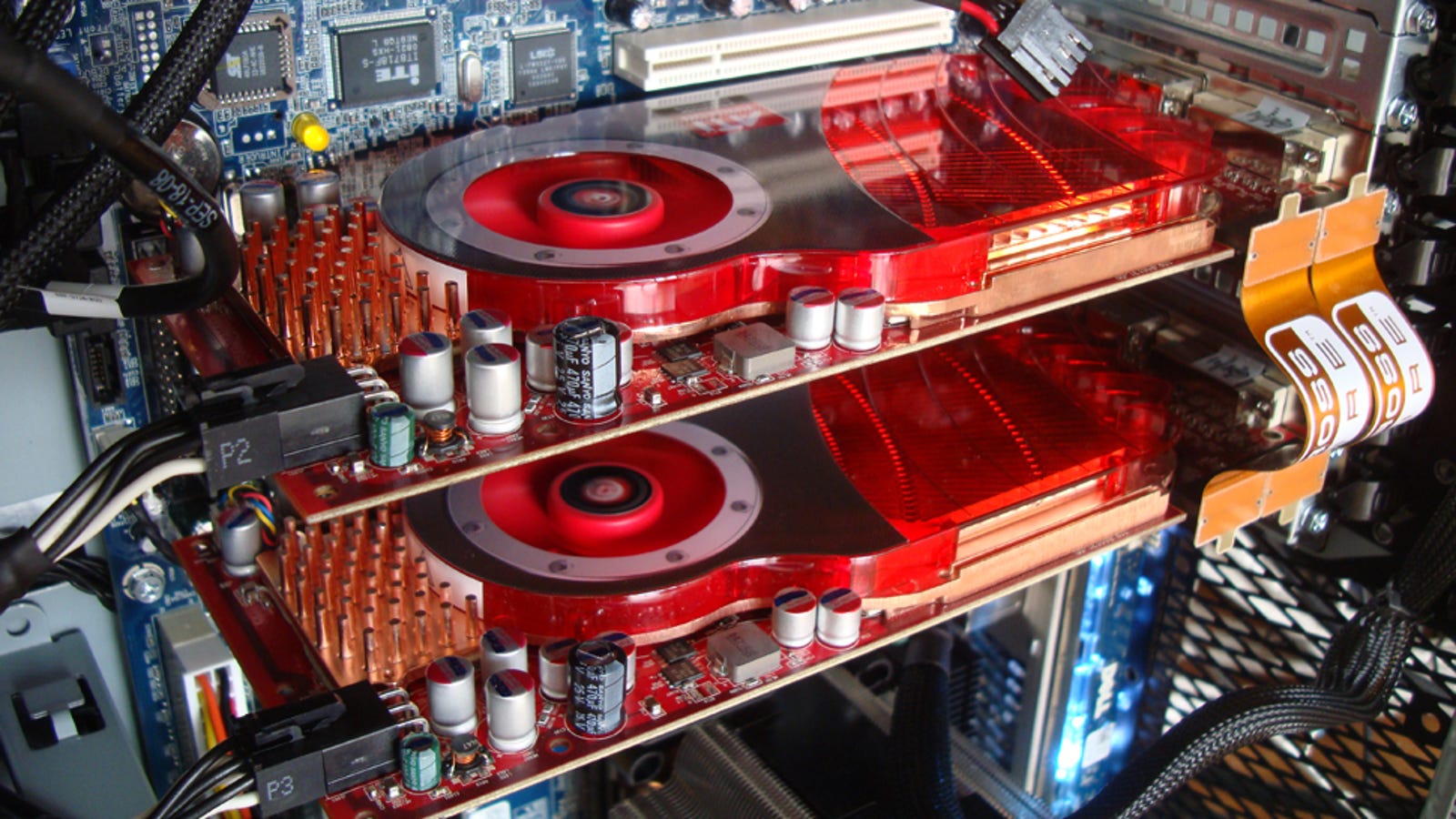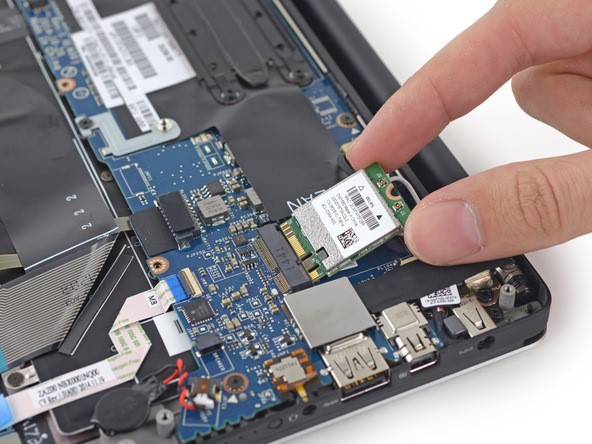Gpu Slot Types

Width is measured in the number of PCI slots taken up by the graphics card on both your motherboard and chassis. The average width for most graphics cards is 2 slots, but some particularly beefy cards can come in at 3 slots. A few fall somewhere between that, though those are still (in effect) 3-slot cards since they still obscure the next slot.



The domain, bus, slot, and function of the GPU, without a 0x prefix. This example writes the domain, bus, slot, and function of the GPU with the domain 0000 and PCI device BDF 06:00.0. # echo 0000:06:00.0 bind. The GPU model generally determines the kind of RAM present in a graphics card, so once again, as you choose the right GPU for your needs, you’ll likely get the right RAM to go with it. Interface Today, almost all discrete GPUs plug into PCIe slots, and most make use of 16x PCIe.
Gpu Slot Types
A video card slot is the spot inside a computer that is specifically designed to hold a video card. There are three common types of video card slots available: peripheral component interconnect (PCI); accelerated graphics port (AGP); and peripheral component interconnect express (PCI-E). In order for a video card to fit inside the computer, the video card slot and video card need to be of the same type. This slot connects directly to the northbridge section of the computer’s chipset, allowing fast communication between the graphics card and the rest of the computer.
Inside a computer, there are several expansion slots on a motherboard. These slots allow new hardware to interface with preexisting hardware, increasing the capabilities of the computer. Most motherboards have a single slot in the highest position on the board that is specifically for a video card. Unlike the other slots, where you can plug a card into any compatible slot, this one is for video cards only.
There have been several different video card slot types over the years. On a modern computer there are only three common types, from least to most common they are PCI, AGP and PCI-E slots. Older computers have other kinds, such as industry standard architecture (ISA) or video electronics standards association (VESA), but these types are nearly unheard of today.
The PCI interface was the standard video card slot type until the mid-90s. While it is nearly gone today, this slot type may still be found on some older office computers and on very low budget parts. Even though it is rarely used for video cards, this slot design is still the standard for many types of expansion cards, such as sound or network cards. As a result, PCI slots are still on most modern motherboards, they are just not used for video cards.
Gpu Slot Types

Cpu Slot Types
AGP video card slots took over from PCI as the most common style. They were on nearly every computer from the mid-90s until the mid-00s. AGP cards slots commonly have multipliers associated with them, such as x2, x4 or x8, that indicate the speed of the port. In order to utilize the slot to its fullest, it needs an AGP card with the same multiplier.
Graphics Slot Types
The most common style of video card slot today is PCI-E. This slot type took over from AGP in the mid-00s as the default type. While APG cards are far from gone, PCI-E has taken over the market in the late-00s. These slots are very fast, which allows for more powerful video cards.